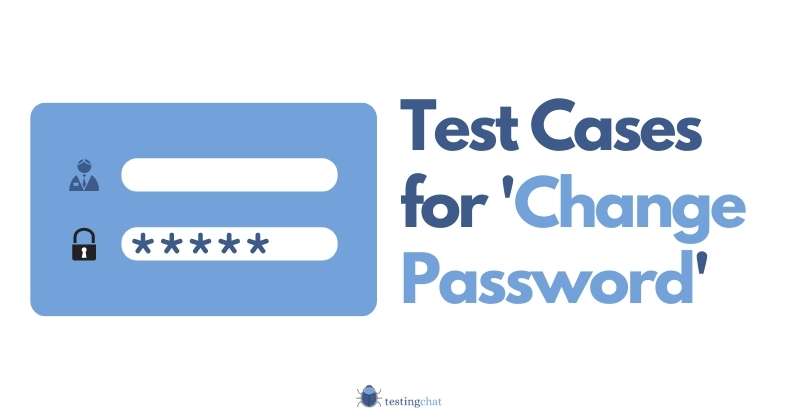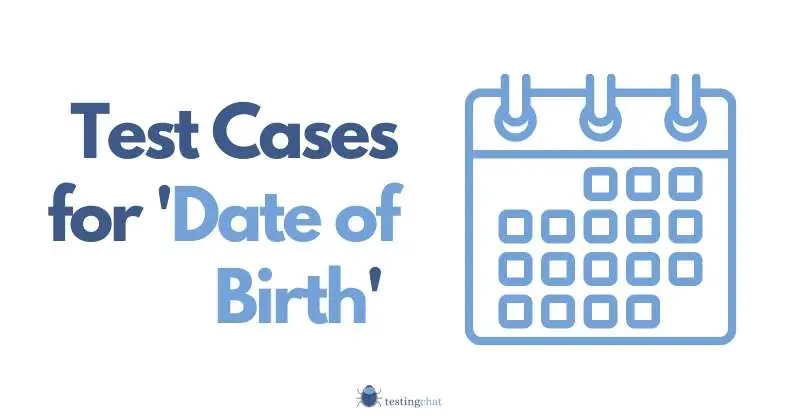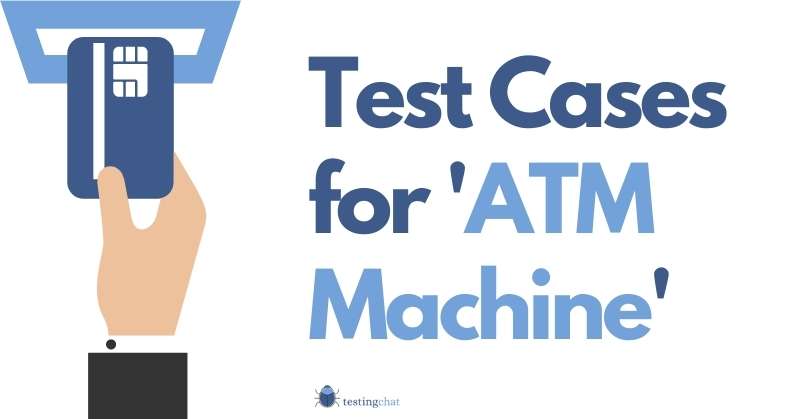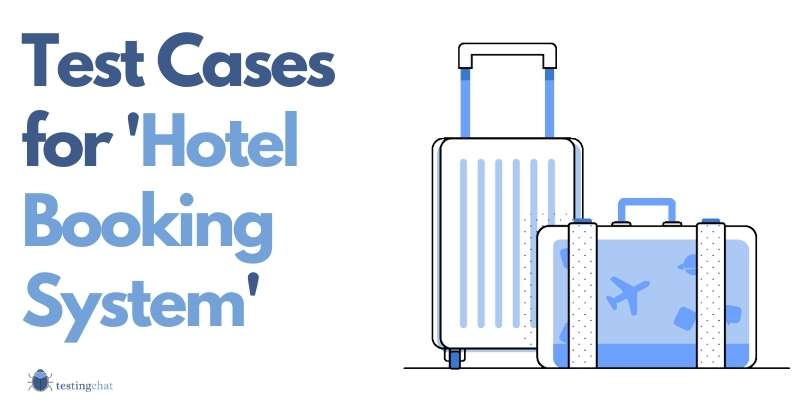You see them everywhere, at home, hotels, airports and loads of other different places.
Tables are just one of those things that we take for granted.
As a software tester, have you ever thought about what it takes to test a table for quality?
In this article I’m going to show you some test cases for a table with test case descriptions and expected results.
As always I’ll be giving you my input along with some guidance notes.
I hope you find it useful.
Table of Contents
Context and Scope
Before we start, let’s think about the context of our test cases.
We will be testing a prebuilt coffee table that you would use in your living room.
There are many types of tables, but a coffee table is a very simple and straightforward type we can use for the purpose of this article.
What if your product was a flatpack table that needed to be self assembled?
You might want to think about usability of instructions, and also how easy it is to build the table as per the specifications.
You will also need to verify that all the fixtures and fittings have been provided as per instructions.
Are You New to Software Testing?
Are you new to software testing?
If so, you may want to learn more about what software testing involves first.
If you already have some experience within the testing space but are new to writing test cases, we have a very detailed article to help you.
The process of writing manual test cases is very similar regardless of what you’re testing.
Whether it be a pen, an elevator, a hotel booking system or a mobile application.
You can apply the same techniques to test absolutely anything.
Your FREE list of Test Cases for A Table
Below are examples of tests you can add to your test plan during your test execution phase.
They contain a mix of functional testing as well as UI tests and not to mention security tests (for safety).
| Test Case ID | Test Case Description | Precondition | Expected Result | Postcondition |
| TC0001 | User Interface: Verify the overall look of the table is as per the UI spec. | The overall visual and aesthetic look is as per the UI specification document. | ||
| TC0002 | Verify that the table is made of the correct material. | The table is made of the material as per the design specifications | ||
| TC0003 | Verify the table is the correct length | The table is the correct length as per the requirement. | ||
| TC0004 | Verify the table is the correct width | The table is the correct width as per the specification. | ||
| TC0005 | Verify the table is the correct height | The table is the correct height. | ||
| TC0006 | Verify the table is the correct weight | The table is the correct weight as per the requirement specification document. | ||
| TC0007 | verify that all table legs are the same height | All table legs are the same height. | ||
| TC0008 | Verify the table is level when standing upright. | Using a spirit level the table is confirmed to be level when standing upright. Note: There may also be an option to adjust the table height so don’t forget to add this test step to your test plan. | ||
| TC0009 | Verify the table is able to balance without falling over or without being wobbly | Table stands very sturdy and is stable. | ||
| TC0010 | Verify the table is not wobbly when user moves of shakes it | The table is not wobbly and is sturdy and firm on the ground | ||
| TC0011 | Verify the coffee table is able to withstand the minimum weight requirements. Note: You can adopt equivalence partitioning techniques here by creating three different weight classes. For example; Can the table handle less than the minimum weight?Can the table the exact weightCan the table hold above the expected weight?Can the table handle over x% of the expected weight. This would be the equivalent of a stress test. | Table is able to handle the minimum weight requirement. | ||
| TC0012 | Negative Test:Verify the table does not fall or break when more weight is added than the maximum weight requirements. For example, if the maximum weight allowance is 100 kg, does the table collapse or or does it fail to operate as it should be if the weight exceeds 100 kg? | The table should not fall all or break if the maximum weight requirements are slightly exceeded. There should be an expectation that the table allows for some contingency of additional weight. | ||
| TC0013 | Safety test: This test is for educational purposes only. Please do not conduct this test if you are NOT a professional in the industry. Verify the glass shatters in a safe way Note: if your table encompasses glass then according to safety standards it must shatter in a particular way that needs to be tested to ensure it is not dangerous for the end user. For example a good test scenario or a use case would be if someone was to drop something on the glass and the glass was to shatter. | The glass shatters according to the user’s specifications. The expected outcome would be that the glass is not dangerous enough to hurt anybody. d Note: the chance of glass shattering in a real-life situation is extremely low, however, as software testers we like to test for all eventualities and various test scenarios. | ||
| TC0014 | Safety testEnsure table surfaces are smooth Note: This is particularly important if the table is made of glass or wood where there is a risk of splinters or sharp edges. Ensure you are using the correct personal protection equipment (PPE). | The texture of the table is smooth “as expected”. |
How to Write Test Cases for A Table
If you want to go more granular in your tests, you can add a number of test steps to ensure you have better coverage.
For example, if your table has a number of complex business rules that you want to test then you may want to introduce boundary value analysis or equivalence partitioning techniques.
This is unlikely for a basic coffee table, but the point I’m trying to make is that you should try to ensure as much coverage as possible that will essentially give the user confidence to move the product into a PRODUCTION state.
Your test data should ideally be driven from your requirements. Having a good set of requirements also helps you to create better tests, especially when it comes to negative testing to generate exceptions.
There is a great resource on coffee table design which you may be interested in reading.
Which Testing Tools Should I Use?
I’m personally totally agnostic to the way that you write your test cases.
Whether you employ manual testing techniques or if you use some kind of automation testing tools, it doesn’t matter.
What is important is that you have a fundamental understanding of how to create good test cases.
A mass produced product is also a perfect candidate for regression testing.
Summary
So there you have it, how to test a table (not the database type).
I found writing this article quite enjoyable and fun since it was for an everyday product that we use.
It also makes you appreciate how household items need to also undergo thorough tests.
As a software tester you can apply the principles you have learnt to almost anything which I find absolutely fascinating.
I hope you enjoyed this article. If you have any questions or feedback please feel free to reach out to me.

![Test cases for a table [featured image]](https://www.testingchat.com/wp-content/uploads/2022/06/test-cases-for-table-featured-image-1024x536.jpg)




